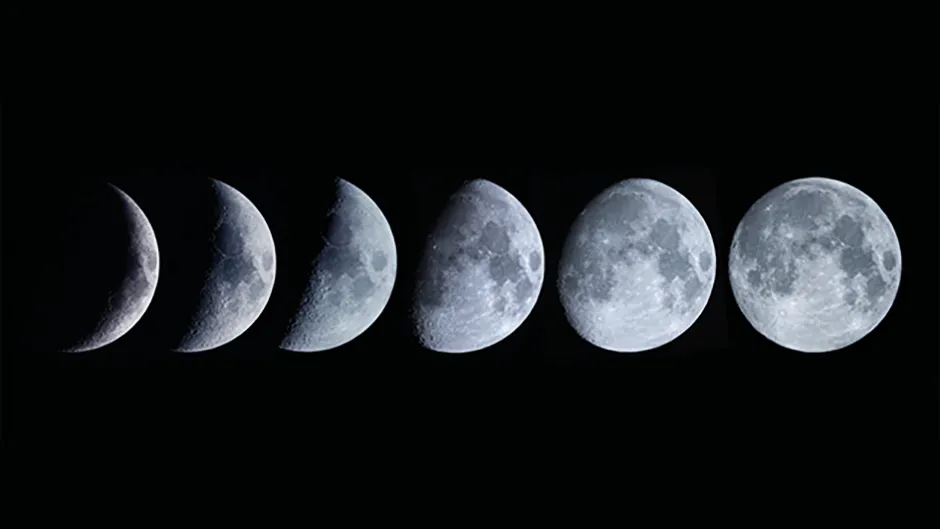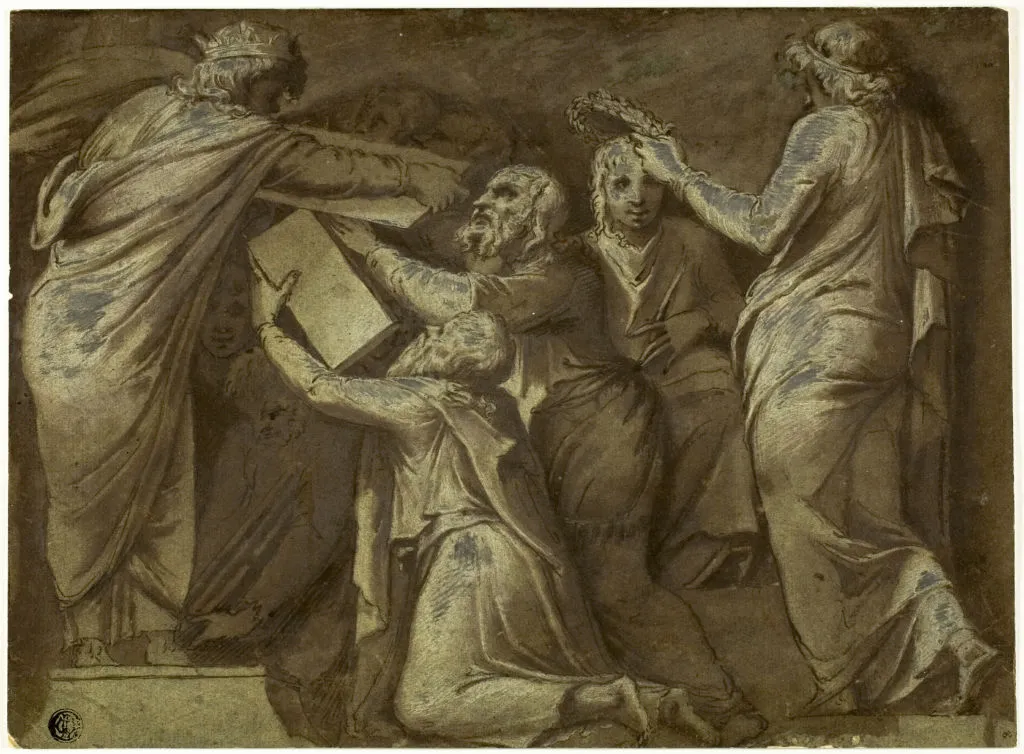With 28 days, February is the shortest month of the year, but why is this?
If you want a super-quick answer to this, then – perhaps surprisingly – the fact that February has 28 days is based on nothing more scientific than Roman superstition.
But you’d probably like a little more explanation than that, so let’s dive in…

Now that pretty much the entire world uses the Gregorian calendar, we tend to think of its division of the year into months as being somehow carved in stone, but that is far from the case.
Before there was the Gregorian calendar, there was the Julian calendar – still used in Turkey until as recently as 1927 – and before that there was the Roman calendar.
The latter originally divided the year from March to December into 10 months of either 29 or 31 days, based on lunar cycles, with the early part of the year simply left unnamed.
No crops could be planted or harvested during this time, so it wasn’t considered important.
Later, the Roman king Numa Pompilius added two ‘new’ months, January and February, to ensure that the calendar covered the full year.

The reason there were always 29 or 31 days, never 30, was simply that the Romans considered even numbers unlucky.
Unfortunately, 12 times (any odd number) is always an even number. To make the number of days on the calendar add up to 365 in a year, there would have to be one month with an even number. February was chosen to have 28 days as this was when the Romans honoured their dead.
Presumably they figured you don’t get much unluckier than being dead, so what harm could it do?
Later, Julius Caesar rearranged the calendar to reflect the 'movements' of the Sun rather than the lunar cycle, while his Julian calendar would itself be fine-tuned on the orders of Pope Gregory XIII in 1583 to give us the Gregorian calendar we know today.
But somehow, little old February with its unique 28-day length survived all these changes. Except in leap years, of course, when it becomes the lucky recipient of a whole extra day.
When exactly those leap years happen, of course, is one of the key differences between the various calendars mentioned above and you can find out more about that in our article on why February has 29 days in a leap year.
